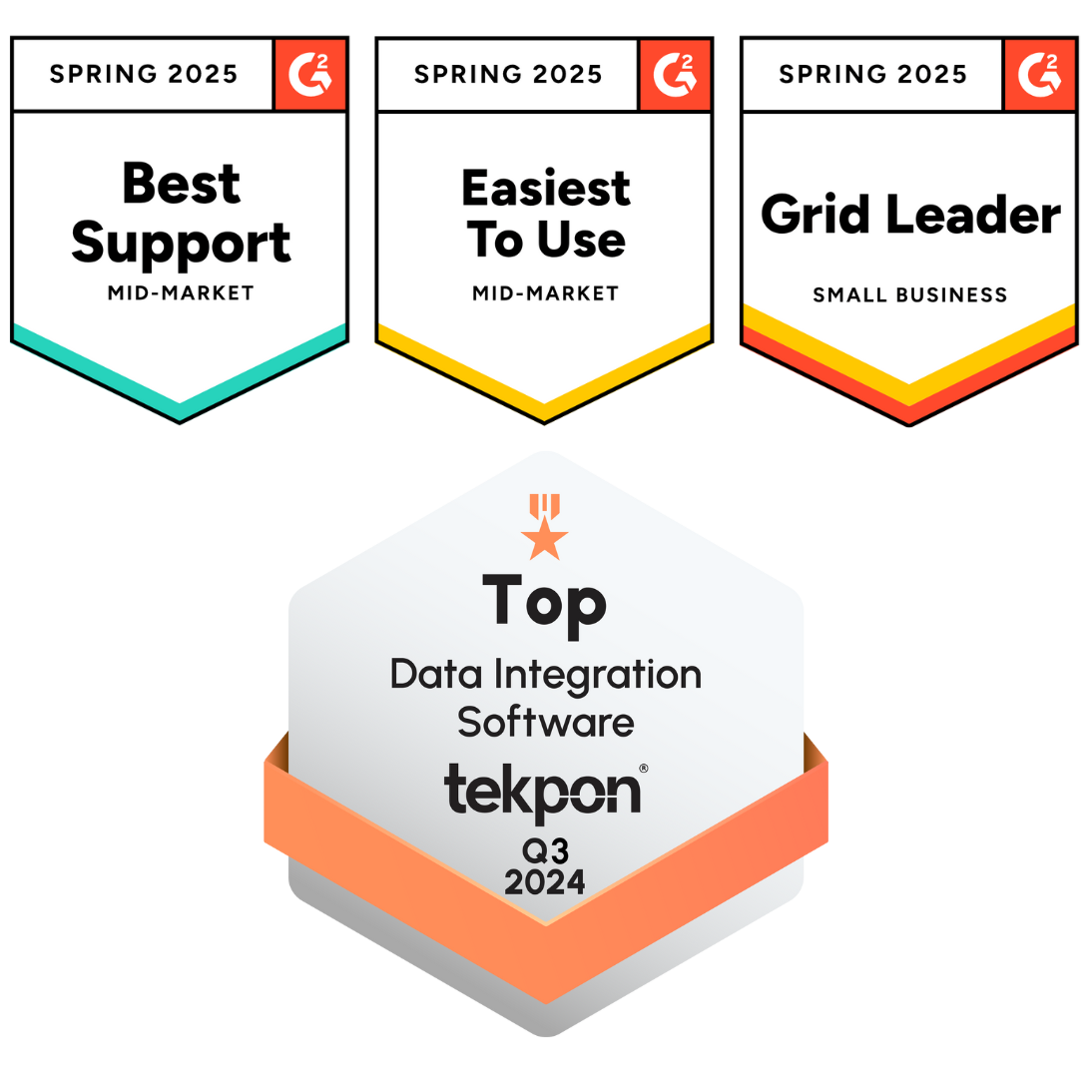Kevin Weadick, CEO of FleetPride, joined me in an episode of the Driven by DCKAP Podcast to share his journey of over two decades of experience leading teams in digital transformations, industrial product management, and marketing, and being appointed to his current role leading the largest distributor of heavy-duty truck and trailer parts in North America.
Our discussion provided valuable insights into enhancing organizational effectiveness and efficiency in modern business operations. We explored how decision-making and organizational culture influence success and more. Additionally, Kevin shared FleetPride’s approach to reducing greenhouse gas emissions and advancing sustainability in the heavy-duty vehicle industry, which I have explored further in this blog.
The Role of the Aftermarket Industry
The aftermarket industry plays a crucial role in the lifecycle of vehicles, particularly heavy-duty trucks. Unlike consumer vehicles, where electric vehicle (EV) adoption is accelerating, the transition to electrification in heavy-duty vehicles is expected to take longer.
Kevin highlighted that the aftermarket primarily serves vehicles after their warranty periods expire. During the initial years of a truck’s life, manufacturers and dealer groups handle most of the servicing and maintenance under warranty agreements. Once these warranties lapse, aftermarket companies step in to provide replacement parts, services, and support.
Because heavy-duty trucks have long lifespans and are expensive assets, fleet operators prioritize reliability and cost-efficiency over rapid electrification. This creates a unique challenge in balancing sustainability goals with economic and operational realities.
Also see: Understanding Distribution Management in 2025
Electrification in Heavy-Duty Vehicles: Slow but Steady
While electric consumer vehicles have made significant strides, heavy-duty electrification is moving at a slower pace. Class 8 trucks, the largest and most powerful commercial trucks on the road are expected to be among the last to transition to electric power due to a variety of factors:
- Battery Weight and Performance: Electric batteries for heavy-duty trucks are significantly heavier than traditional diesel engines. This added weight reduces cargo capacity, impacting profitability for fleet operators.
- Infrastructure Challenges: Unlike passenger EVs, which have an expanding network of charging stations, heavy-duty trucks require large-scale charging infrastructure capable of handling high energy demands.
- Operational Constraints: Many over-the-road trucks cover long distances without returning to a central depot daily. Unlike consumer EVs or localized delivery vehicles, these long-haul trucks need rapid, high-power charging solutions that are not yet widespread.
Kevin pointed out that the adoption of electric heavy-duty vehicles is likely to happen in specific segments first. “We support the aftermarket. And today there isn’t a significant concentration in heavy duty. So Class 8, that’s probably the last area that we’ll see electrification,” Kevin said. “When we think about being in the aftermarket, typically during the first few years of a truck’s life, it’s under warranty and served by the dealer groups. And we tend to come in after that.”
Early Adoption in Specific Use Cases
While long-haul heavy-duty trucks will take longer to transition, certain applications are already seeing successful electrification efforts. Kevin identified several key areas where electric vehicles are gaining traction:
- Yard Spotters: These vehicles operate within confined spaces, such as warehouses and ports, and return to the same location each day, making them ideal candidates for electrification.
- Municipal Vehicles: Garbage trucks and school buses have predictable routes and return to central locations, allowing for reliable overnight charging.
- Port and Short-Haul Applications: Vehicles operating in ports or handling short-haul deliveries can benefit from electrification due to limited range requirements and access to dedicated charging facilities.
By focusing on these segments, the industry can build the foundation for broader electrification efforts.
Recommended read: Technology For Sustainability: Insights From Luis Ruesga
How FleetPride is Preparing for the Transition
Kevin emphasized that while electrification in the heavy-duty sector is still in its early stages, the aftermarket industry is closely monitoring developments. Companies in the aftermarket space need to be proactive in preparing for the eventual shift, ensuring that they can support electric heavy-duty vehicles once they start leaving their warranty periods.
Some key strategies that FleetPride is adopting include:
- Building an Electric Vehicle Product Assortment: Companies are working on developing and sourcing parts for electric trucks, ensuring they are ready to serve the market as demand increases.
- Investing in Training and Knowledge: Mechanics and technicians need specialized training to work on electric drivetrains, batteries, and charging systems. The aftermarket industry is investing in upskilling its workforce to stay ahead.
- Expanding Partnerships with Fleet Operators: Understanding fleet needs and challenges is critical to providing effective aftermarket support. By working closely with fleet operators, aftermarket companies can anticipate demand and tailor their offerings accordingly.
“We’re watching very closely. A lot of our customers are over the road. That’s probably the area that we’ll see the slowest adoption because of things like the weight of the batteries, what it does to the capability. But there are certainly use cases, whether it’s yard spotters or imports where a vehicle is doing a daily route and coming back, a lot of the vocational vehicles, garbage trucks, school buses, things like that, where there will be some electrification that makes a lot of sense.”
— Kevin Weadick, CEO of FleetPride
The Road Ahead
Despite the hurdles, the heavy-duty vehicle industry is slowly but steadily moving towards more sustainable solutions. While electrification is one path, other technologies, such as hydrogen fuel cells and renewable diesel, are also being explored to reduce emissions without compromising performance.
Kevin’s insights highlighted a crucial point: the transition to greener heavy-duty transportation will take time, but the industry is actively preparing for it. By focusing on targeted electrification opportunities, investing in the right technologies, and ensuring the aftermarket is ready, the sector can make meaningful progress toward a more sustainable future.
As the industry evolves, collaboration between manufacturers, fleet operators, and aftermarket providers will be essential in overcoming challenges and driving innovation. The road to sustainability in heavy-duty transportation is complex, but with the right strategies in place, the future looks promising.





